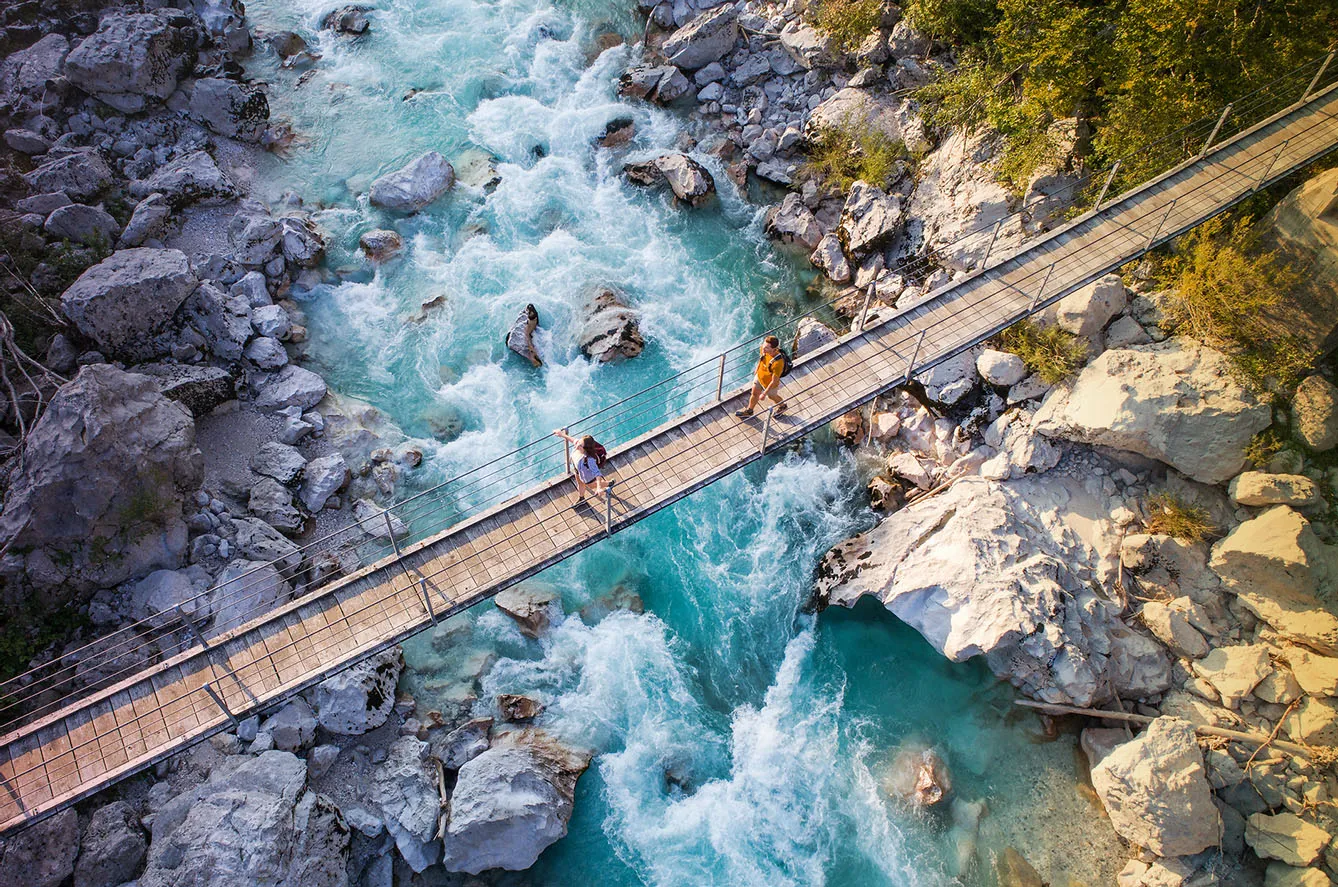To put it simply, Soča is the name of a river and a valley in the Slovene Julian Alps. If its waters were peaceful (they aren’t), the most significant Slovene mountain, Triglav, would see its majestic peak reflected in its waters.
Is it the Soča River, or is it Narnia?
But there’s so much more to the Soča besides its magnificent vistas; one hardly knows where to begin. It’s strategically located in Western Slovenia, just off the border with Italy and near the border tripoint with Austria, serving as a guardian of the gateway to the Balkans. As such, it is a witness to history.
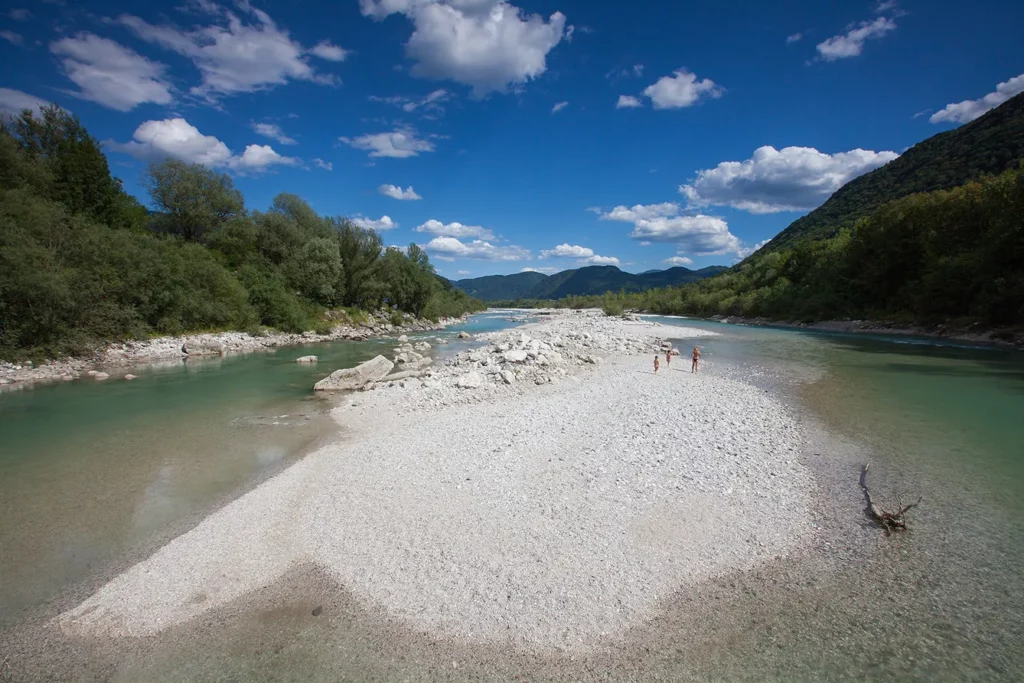
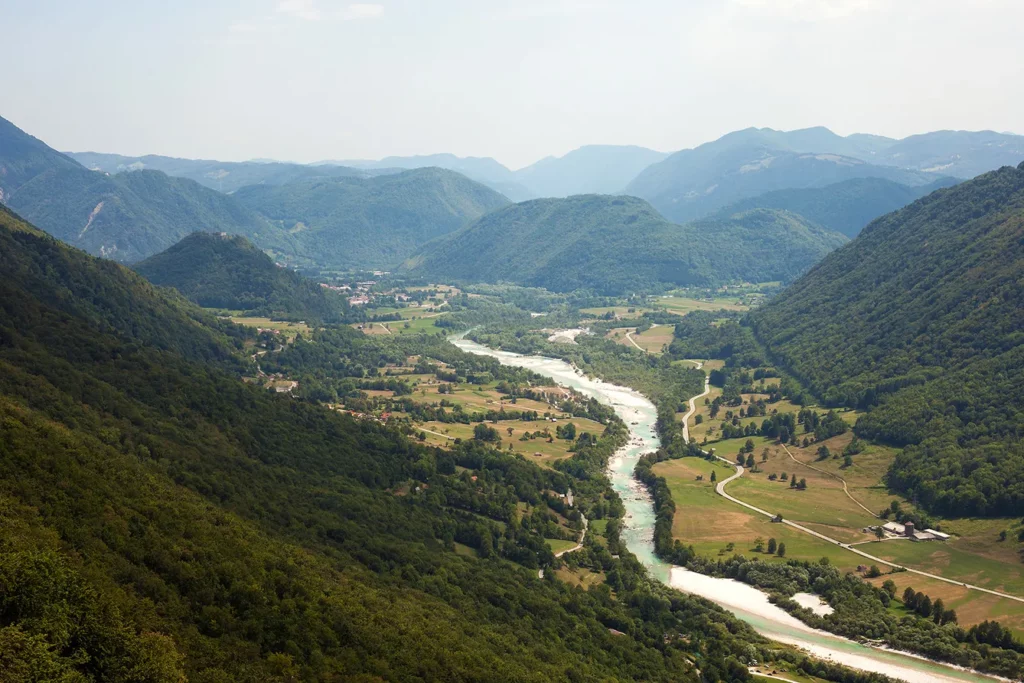
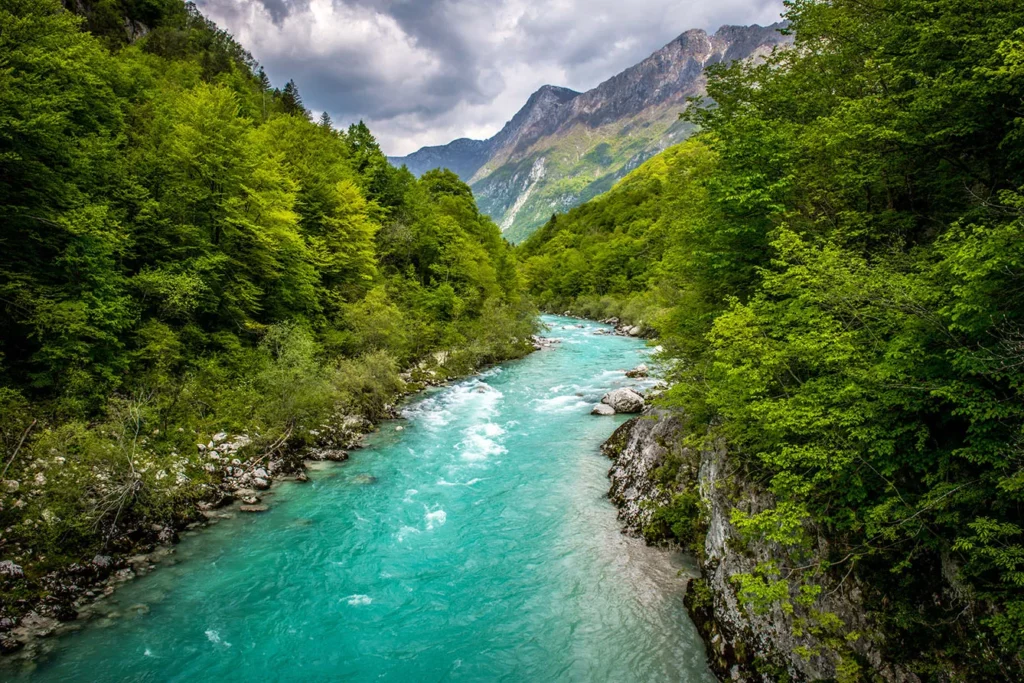
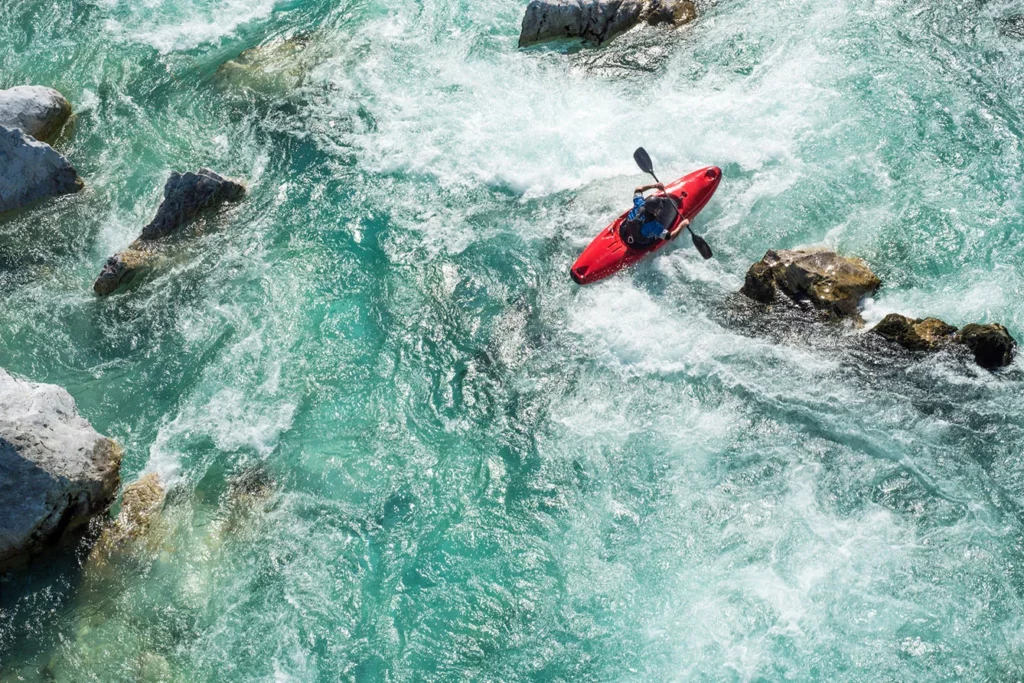
It is also beautiful beyond imagination – quite literally, to the extent that it serves as a fantasy location (though it should be noted that many places in Central Europe fit this description). As such, it served – along with Czech and Polish rock formations – to bring to life the uncanny beauty of Narnia in “The Chronicles of Narnia: Prince Caspian.”
And the reason is obvious: spanning exactly 138 kilometers, it meanders through mountainous landscapes instead of plain ol’ plains. Its waters are emerald green, and the rocks breaking up the river’s fast current add a sublime quality of grandeur mixed with danger – as any decent fantasy realm should.
Witness to history
However, the Soča has seen its share of true menace, as well. The most famous is its part in World War I, when it bore witness to no fewer than twelve battles from June/July 1915 to October/November 1917. These are known under the Italian name of Soča, The Twelve Battles of Isonzo when the Austrian-Hungarian Empire fought Italy on the Italian front.
Soča was, back then, the literal gate to the Balkans, as the only valley allowing Italians to penetrate the defended Habsburg territory. The conclusions of the battles were different, but the previous owners decisively won the twelfth – if you can actually declare any victors here given that the battle ended with almost a million and a half dead soldiers fighting over a piece of land.
But it was not the first time the Soča Valley was recognized as an important strategic point. And by none other than the one and only Leonardo da Vinci. The brilliant Italian artist, inventor, and engineer is said to have visited the current land of Slovenia in 1500 after being commissioned by the Venetian Republic to study its defensive capabilities against the encroaching Ottoman Empire.
The legend goes that Da Vinci advised a system of dams in the river valleys that would provide adequate fortifications for soldiers and artillery. Alas, in terms of proof that this happened, there are no known sources that can confirm such claims. What can be confirmed, however, is that Leonardo did, in fact, visit the area around the Soča River, along with the Vipava, studying their confluence. As no plans for his fortifications survived (supposing there were any), Soča remains intact and, like the rest of Slovenia, is breathtakingly natural.


